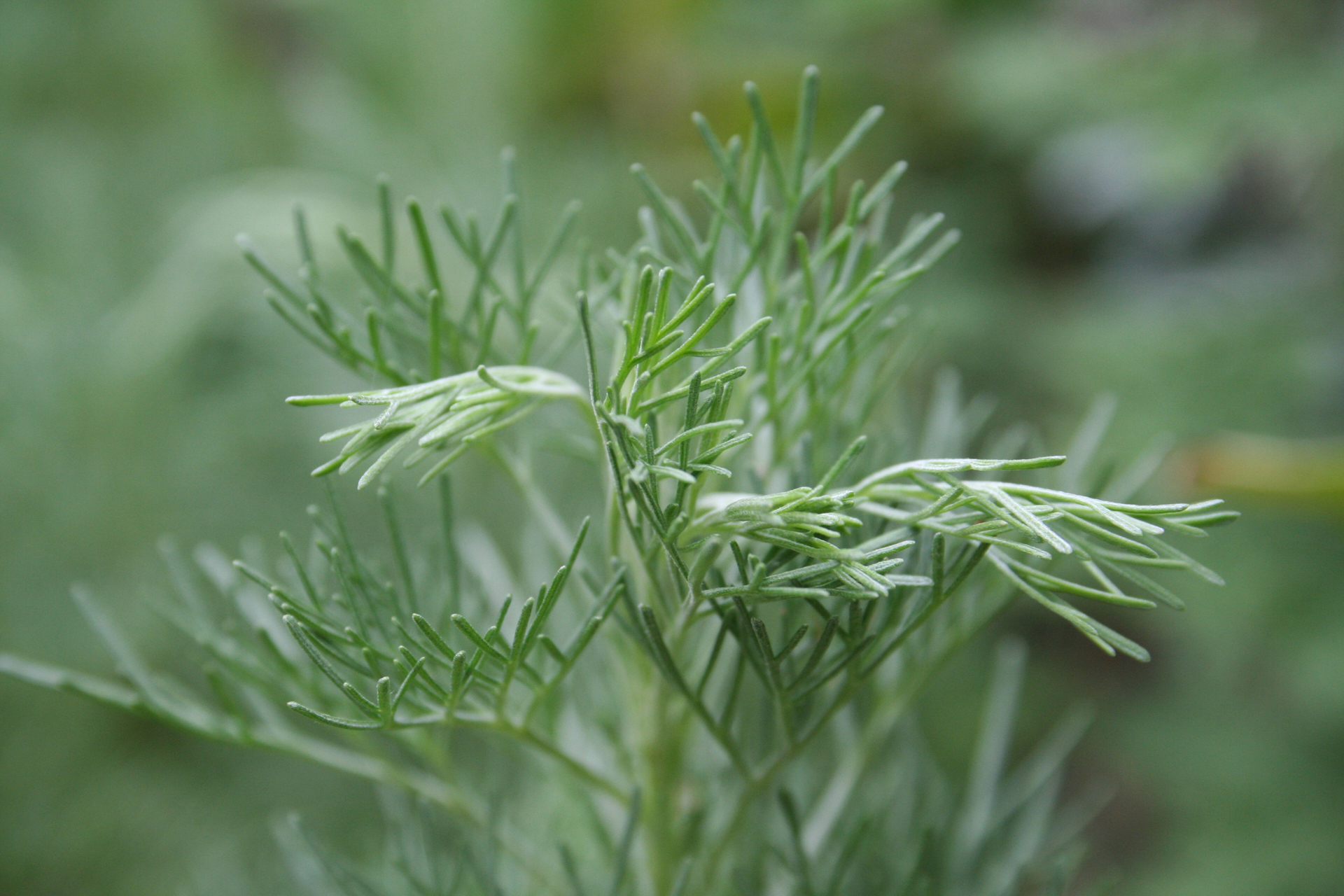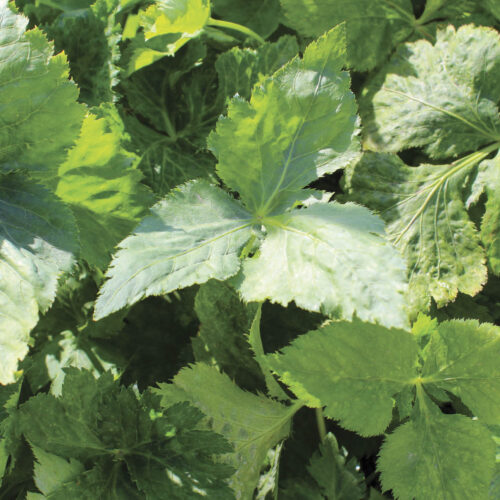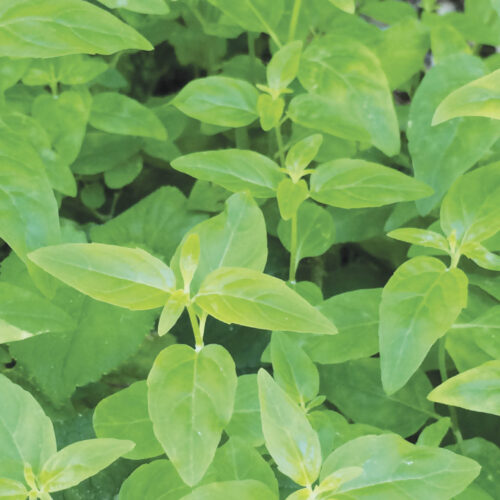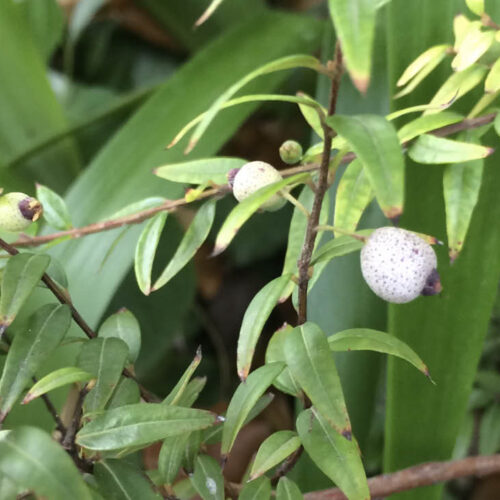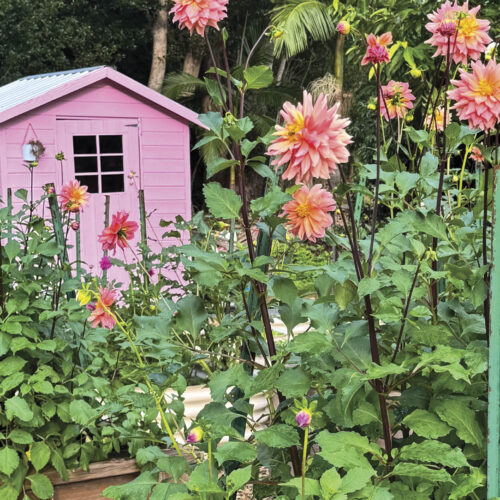Southernwood
2019-01-20T02:40:31+11:00
This important insect-repellent herb has lots of uses says Penny Woodward
Summer is a time for insects, and while lots of them are beneficial, there are some that you would rather keep away. Southernwood is one of the more useful plants in the home and garden for repelling unwanted pests. Also known as lad’s love and old man’s beard, it is a small shrub that grows to about 1m in height, with feathery grey-green aromatic leaves. The flowers are a yellowish white colour but are inconspicuous. It’s botanical name is Artemisia abrotanum, indicating that it’s in the same family as other useful pest-repellent plants like wormwood and tansy.
Grow new southernwood plants from tip cuttings taken in autumn or spring. It does well in most soils as long as they are well drained and it particularly likes coastal conditions. The grey-green foliage provides a lovely contrast to other darker foliage and it can be grown as a useful low hedge. When my children were little I grew it as a hedge down one side of their sand pit. It doesn’t mind having some broken branches if they inadvertently step on it, and every time they brushed against it the scent was released helping to keep all sorts of pests away, but particularly mosquitoes. in some nurseries you’ll find it labelled as mozz-off. In cold climates southernwood is semi-deciduous and needs to be cut back hard in winter to prevent it from becoming straggly.
Southernwood has been used medicinally for centuries and is still used for minor complaints in homeopathic medicine but its main use today is as an insect repellent.
Make a spray from the leaves and use to repel aphids, bean fly, whitefly, fruit flies, fleas, the caterpillars of the white cabbage butterfly and cabbage moth, and bugs (stink and horned).
You can also grow it near or in the chook run to repel lice, or break off tips and add them to the straw in the nesting boxes. Also grow near your dog’s kennel to keep fleas away and rub it through your pet’s coat to repel fleas.
Sprinkle fresh or dried leaves over ants’ trails to deter them and add dried leaves to sachets to keep moths from clothes. Spanish farmers used to pack cured sheep skins with layers of southernwood to stop moths from attacking the wool.
Recipe.
Pour 1L of boiling water over two firmly packed cupfuls of chopped leaves and stems. Cover and leave to stand until cold, strain and use within a few days.

